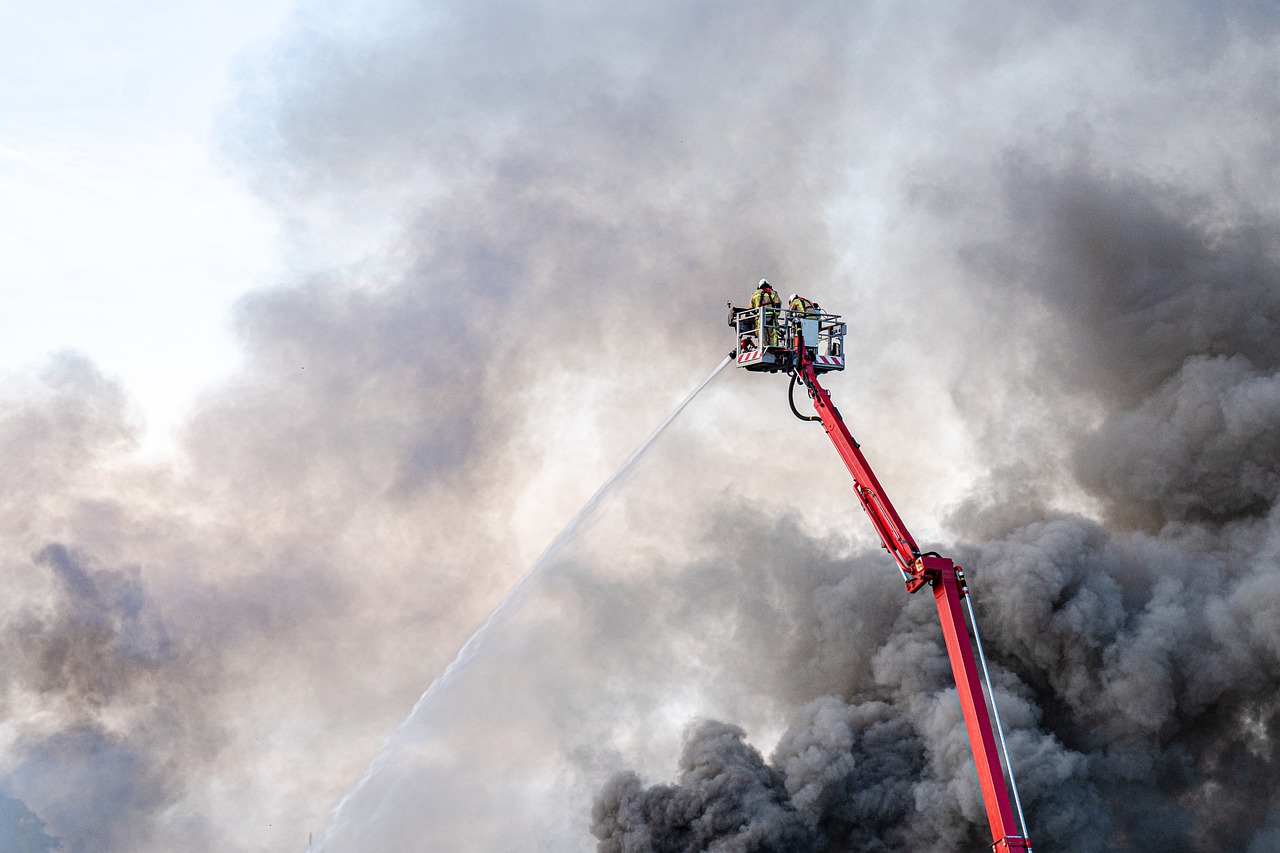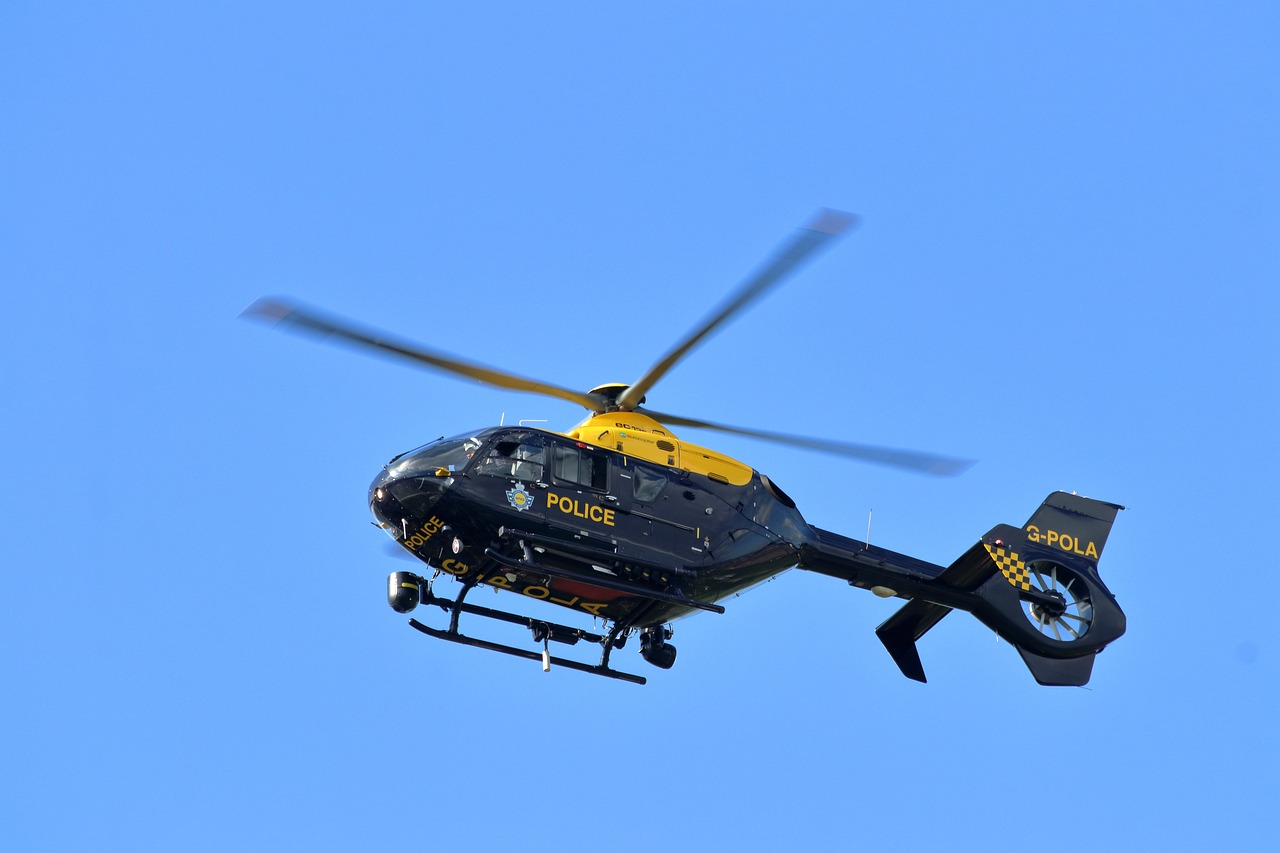Emergency tree cutting services are essential when trees pose immediate threats to safety. Situations such as storm damage, disease, or structural instability necessitate prompt action to prevent injury or property damage. Call a professional service to assess and address the situation quickly and efficiently.
Understanding Emergency Tree Cutting Services
Tree cutting is a specialized service that involves the removal or trimming of trees that could be hazardous. Emergencies can arise from various conditions, including severe weather, pest infestations, or structural issues within the tree itself. In these cases, quick intervention is necessary to mitigate risks.

Emergency tree cutting services can be crucial in several scenarios:
- Storm Damage: High winds and heavy rains can weaken trees, making them susceptible to falling.
- Tree Disease: Infected trees can become unstable and pose a risk to nearby structures or individuals.
- Encroachment: Trees growing too close to power lines or buildings can create hazards.
- Root Issues: Trees with compromised root systems may topple unexpectedly.
Understanding when to call for these services is vital. Recognizing the signs of a potentially dangerous tree can save lives and property. Here are some indicators that an emergency tree cutting service may be needed:
- Visible cracks in the trunk or branches.
- Leaning trees that appear unstable.
- Large branches hanging precariously.
- Severe dieback of leaves and branches.
When to Act Quickly
It is essential to act quickly in certain situations. Waiting too long can lead to dangerous outcomes. Here are specific instances when it is critical to seek emergency tree cutting services:
- After Severe Weather: Following storms or heavy winds, inspect your property for any potential hazards.
- If You Notice Structural Changes: If a tree begins leaning or has visible damage, do not delay in calling professionals.
- When Nearby Structures are at Risk: Trees near homes or power lines require immediate attention if they show signs of instability.
How Emergency Tree Cutting Services Work

Emergency tree cutting services follow a structured process to ensure safety and efficiency. Here’s a general overview of what to expect when you contact a professional service:
- Assessment: Professionals will first conduct an assessment of the situation to determine the best course of action.
- Planning: Based on the assessment, they will formulate a plan for safe removal or trimming of the tree.
- Execution: Using appropriate equipment, trained arborists will carry out the cutting or removal, ensuring safety for both workers and surrounding areas.
- Cleanup: After the work is completed, the area will be cleared of debris, and the tree will be disposed of properly.
The Importance of Professional Services

While it may be tempting to attempt tree cutting on your own, hiring professionals is essential for safety. Trained arborists possess the skills and equipment necessary to handle emergency situations effectively. They understand how to mitigate risks associated with falling trees and ensure that the job is done correctly.
Moreover, emergency tree cutting services are often available 24/7, ensuring that help is accessible whenever it is needed. This rapid response can make a significant difference in preventing further damage or injury.
| Service Type | Description | Response Time |
|---|---|---|
| Storm Damage Removal | Clearing fallen trees after severe weather events. | Immediate response, often within hours. |
| Hazard Tree Assessment | Evaluating trees for potential risks to safety. | Same day service in emergencies. |
| Tree Trimming | Trimming dangerous branches at risk of falling. | Typically within a few hours to days. |
In conclusion, understanding the need for emergency tree cutting services and acting quickly can significantly impact safety. By recognizing the signs of danger and knowing when to call professionals, you can protect yourself and your property from potential harm.
Choosing the Right Emergency Tree Cutting Service
When faced with a tree emergency, selecting the right service is crucial. Not all tree cutting services are created equal. Here are some factors to consider when making your choice:
- Experience and Expertise: Look for companies with a proven track record in handling emergency situations. Experienced arborists understand the complexities of tree health and safety.
- Certifications: Verify that the service employs certified arborists. Certifications demonstrate a commitment to safety and professionalism.
- Insurance Coverage: Ensure the company has liability insurance. This protects you from potential damages or accidents that may occur during the tree removal process.
- Availability: Choose a service that offers 24/7 availability. Emergencies can happen at any time, and a prompt response is essential.
- Reputation: Check online reviews and testimonials. A reputable company will have positive feedback from previous clients.
Common Mistakes to Avoid During Tree Emergencies
In stressful situations, it is easy to make mistakes. Here are some common pitfalls to avoid when dealing with emergency tree cutting:
- Delaying Action: Waiting too long can escalate the danger. If a tree poses a risk, do not hesitate to call for professional help.
- Attempting DIY Solutions: Trying to cut down or trim a tree without proper knowledge and tools can lead to accidents. Always hire professionals.
- Ignoring Warning Signs: If you notice changes in a tree’s health or structure, take them seriously. Early intervention can prevent bigger problems.
- Neglecting Safety Protocols: Ensure that all safety measures are in place when professionals arrive. This includes cordoning off areas around the tree.
The Process of Emergency Tree Cutting
The process of emergency tree cutting involves several steps to ensure safety and efficiency. Here’s a detailed breakdown of what typically occurs:
Initial Assessment
Upon arrival, the arborist will conduct an initial assessment of the situation. This includes:
- Identifying the type of tree and its condition.
- Evaluating the surrounding area for potential hazards.
- Determining the best method for removal or trimming.
Developing a Plan
Based on the assessment, the arborist will develop a comprehensive plan, which may include:
- Selecting appropriate equipment and tools for the job.
- Establishing safety zones to keep bystanders safe.
- Coordinating with emergency services if necessary.
Execution of Work
The arborists will begin the tree cutting process following the outlined plan. This may involve:
- Cabling or bracing weak branches before removal.
- Cautiously cutting branches to prevent them from falling unpredictably.
- Using specialized equipment such as cranes for large trees.
Post-Removal Cleanup
Once the tree has been removed or trimmed, cleanup is essential. The service will typically:
- Remove all debris from the site.
- Chop wood into manageable pieces if requested.
- Ensure that the area is safe and free from hazards.
Cost Factors in Emergency Tree Cutting Services

The cost of emergency tree cutting services can vary based on several factors. Understanding these can help you prepare financially:
- Extent of Damage: The more severe the damage or risk, the higher the cost may be due to increased labor and equipment needs.
- Time of Year: Seasonal demand can affect pricing. Services might charge more during peak seasons like spring and summer.
- Location: Proximity to urban areas can influence costs due to accessibility and local rates.
- Tree Size and Type: Larger trees or those requiring specialized techniques for removal will typically cost more.
By understanding these cost factors, you can make informed decisions when selecting emergency tree cutting services. It is advisable to request quotes from multiple companies and ask for detailed breakdowns of their pricing structures.
Safety Considerations During Tree Emergencies
When dealing with emergency tree cutting situations, safety must be the top priority. There are several critical safety measures to consider both for the homeowners and the professionals involved. Understanding these can help prevent accidents and ensure a smooth operation.
For Homeowners
If you are facing a tree emergency, follow these safety guidelines:
- Stay Away from the Area: Keep a safe distance from the tree and surrounding areas. Falling branches or the tree itself can pose serious risks.
- Alert Neighbors: Inform nearby residents about the potential danger, especially if the tree is close to their property.
- Turn Off Utilities: If the tree is near power lines or utility poles, contact your utility provider before any work begins.
- Avoid DIY Attempts: Never try to remove or trim a tree yourself unless you are a trained professional. Leave it to the experts.
For Professionals
Tree care professionals must adhere to strict safety protocols. Here are essential precautions they should take:
- Wear Protective Gear: Arborists should wear helmets, goggles, gloves, and harnesses to protect against falling debris.
- Use Proper Equipment: Ensure all tools and equipment are well-maintained and suitable for the job. This includes chainsaws, ropes, and rigging gear.
- Conduct Risk Assessments: Before starting work, arborists must assess the site for potential hazards, including unstable branches or nearby structures.
- Establish Safety Zones: Create clear areas for bystanders and workers to ensure safety during the cutting process.
Emergency Tree Cutting Techniques
Various techniques are employed during emergency tree cutting to ensure effective and safe removal. Understanding these methods can help in recognizing the professionalism of the service you choose.
Cabling and Bracing
Cabling and bracing are techniques used to support weak trees or branches. This method is often employed when:
- The tree is leaning but not yet at risk of falling.
- Branches are at risk of breaking but can be stabilized.
These techniques involve installing hardware that helps redistribute weight and provide additional support. This allows for time to evaluate the tree’s health further before deciding on removal.
Sectional Felling
In cases where a tree is too large or dangerous to cut down in one piece, sectional felling may be employed. This method includes:
- Carefully cutting the tree into sections while it remains standing.
- Lowering each section safely to the ground using ropes or cranes.
This technique minimizes damage to surrounding areas and allows for controlled removal of hazardous trees.
Directional Felling
When a tree needs to be removed entirely, directional felling is often used. This method involves:
- Identifying a safe landing area for the tree.
- Cuts are made in specific ways to direct the fall of the tree safely.
This requires significant skill and knowledge of tree biology, making it essential that only trained professionals undertake this method.
Post-Removal Considerations
After a tree has been removed, there are additional considerations that homeowners should be aware of. Addressing these promptly can prevent future issues:
Stump Removal
The removal of the stump is an important step following tree removal as it can pose various problems:
- Pest Attraction: Stumps can attract pests such as termites and beetles.
- Potential Growth: New shoots may emerge from the stump, leading to regrowth.
- Aesthetic Concerns: A remaining stump may detract from the appearance of your landscape.
Homeowners should discuss stump removal options with their tree service provider, as they typically offer grinding or complete removal services.
Landscape Restoration
The area where a tree has been removed may require restoration. Considerations include:
- Soil Health: Assessing soil quality after removal can help with future planting efforts.
- Replanting: If desired, selecting appropriate replacement trees or plants can restore balance to your landscape.
- Mulching and Seeding: Applying mulch or grass seeds can help stabilize the soil and improve aesthetics.
Collaborating with professionals can ensure that your landscape remains beautiful and healthy after a tree emergency.
Aftercare and Maintenance
Once emergency tree cutting services have been completed, ongoing care and maintenance are essential to ensure the health of your landscape. This section outlines several important post-removal practices that homeowners should consider.
Monitoring for New Growth
After removing a tree, it is crucial to monitor the area for any new growth that may emerge from the roots or stump. Here are some tips for managing this:
- Regular Inspections: Check the site frequently for new shoots or sprouts. Early detection can help in managing regrowth effectively.
- Weeding: Keep the area free of weeds that may compete with any new plants you wish to introduce.
- Using Herbicides: In cases of stubborn regrowth, consider using herbicides as a last resort. Always follow manufacturer instructions and local regulations.
Soil Improvement Techniques
Improving the soil quality in the area where a tree was removed can foster a healthier environment for new plants. Consider these options:
- Soil Testing: Conduct a soil test to determine nutrient levels and pH. This will guide you in amending the soil effectively.
- Add Organic Matter: Incorporate compost or well-rotted manure to enhance soil structure and fertility.
- Mulching: Use mulch to retain moisture, suppress weeds, and gradually improve soil quality as it decomposes.
Replanting Considerations
If you plan to replace the removed tree, thoughtful replanting is vital. Consider the following factors when choosing new plants:
- Native Species: Select native trees or plants that are well-adapted to your local climate and soil conditions.
- Space Requirements: Ensure that the new plants have ample space to grow without interfering with existing structures or utilities.
- Growth Rate and Size: Choose species that fit your landscape goals regarding height, spread, and growth rate.
Final Thoughts
Emergency tree cutting services play a critical role in protecting lives and property from potential hazards posed by unstable trees. Understanding when and how to act quickly can make a significant difference in outcomes during such emergencies. Throughout this article, we have explored various aspects of emergency tree cutting, including recognizing when to call for help, the importance of professional services, safety considerations, and post-removal care.
The key takeaways include recognizing the signs of hazardous trees, choosing qualified professionals for emergency services, and understanding the costs associated with these services. Moreover, after a tree is removed, monitoring the site for new growth, improving soil quality, and making informed decisions about replanting can help maintain the beauty and health of your landscape.
By being proactive about tree health and safety, homeowners can ensure a secure environment while enhancing the aesthetics of their properties. Remember, when it comes to emergency tree cutting, swift action combined with expert guidance is essential for achieving the best outcomes.
